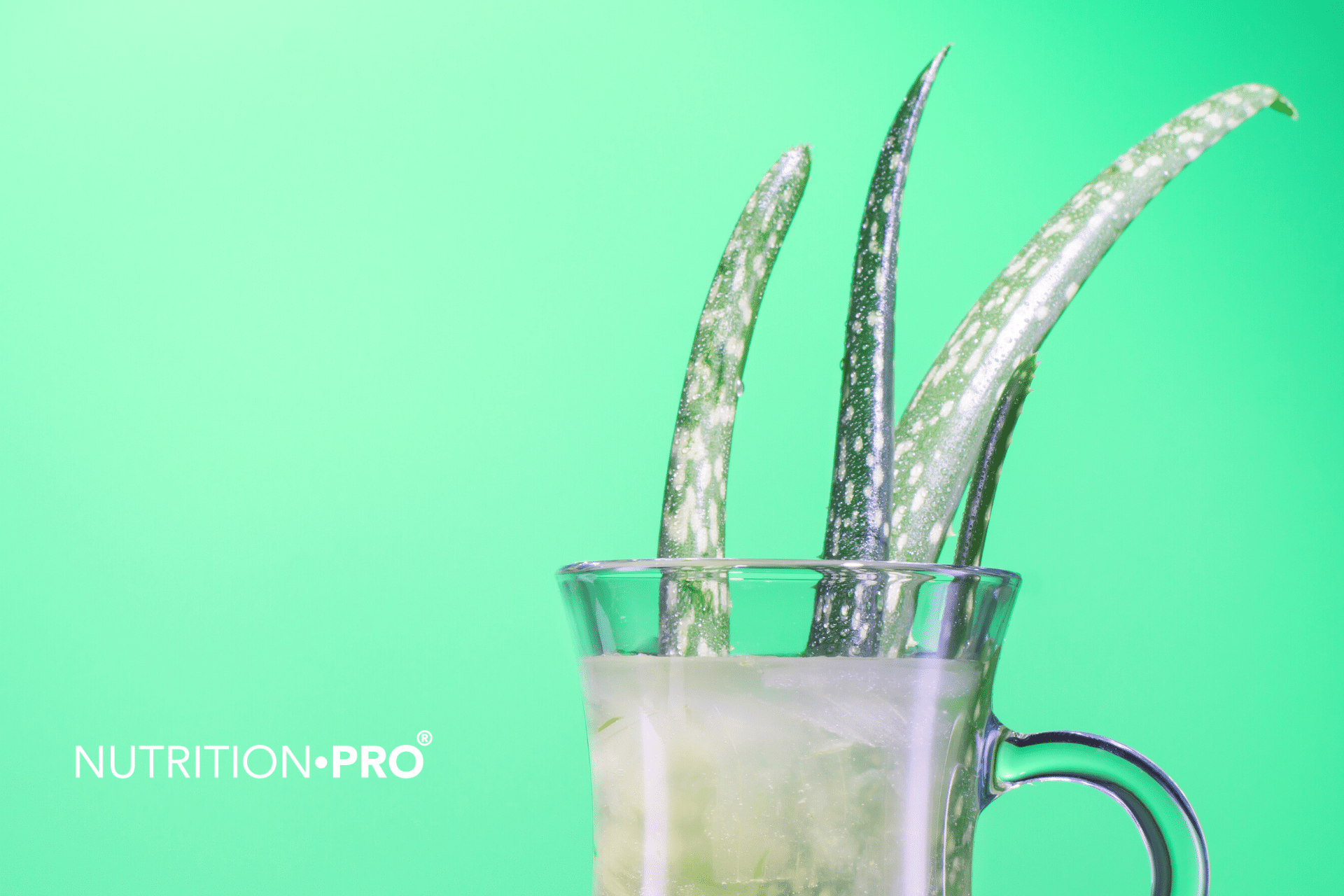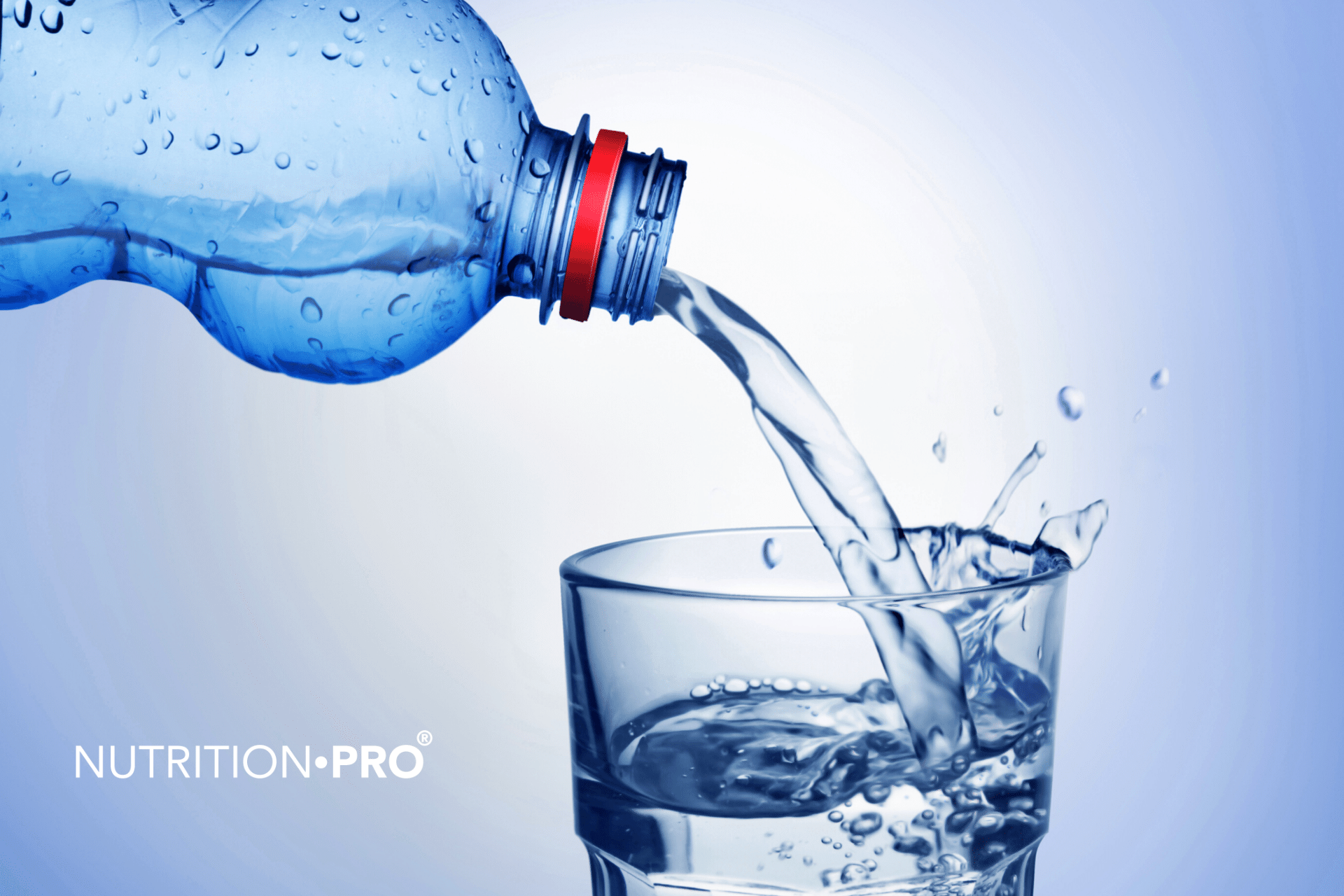Nutrition is an essential factor for strong health.
Omega-3 fatty acids have various benefits for your body and brain.
Many mainstream health organizations recommend a minimum of 250–500 mg of omega-3s per day for healthy adults .
You can get large amounts of omega-3s from fatty fish, seaweed, and several plant foods high in healthy fats .

DISCOVER OUR ENHANCED OMEGA-3 FORMULA IN CLICKING HERE
Here is a list of 12 foods that are very rich in omega-3s :
1. Mackerel ( 4,107 mg per serving)
Mackerel is a small fish bold.
In Western countries, they are usually smoked and eaten whole fillets.
Mackerel is incredibly nutrient dense, 100 grams contains 200% of the daily reference intake (RDA) for vitamin B12 and 100% for selenium .
Plus, these fish are delicious and require little preparation.
Omega-3 content: 4,107 mg in a piece of salted mackerel, or 5,134 mg per 100 grams.
2. Salmon ( 4123 mg per serving)
Salmon is one of most nutrient dense foods of the planet.
It contains high-quality protein and a variety of nutrients, including high amounts of vitamin D, selenium, and B vitamins .
Studies show that people who regularly eat oily fish, such as salmon , have a lower risk of conditions like heart disease, dementia, and depression .
Omega-3 content: 4.123 mg in a half cooked farmed Atlantic salmon fillet, or 2.260 mg per 100 grams.
3. Cod liver oil (2,682 mg per serving)
Cod liver oil is more of a supplement than a food.
As the name suggests, it is oil extracted from cod liver.
This oil is not only rich in omega-3 fatty acids , but also loaded with vitamins D and A, with just one tablespoon providing 170% and 453% RDA respectively .
Therefore, take a single tablespoon of liver oil of cod more than meets your need for three incredibly important nutrients.
However, do not take more than one tablespoon at a time, as too much vitamin A can be harmful.
Omega-3 content: 2,682 mg per tablespoon.
4. Herring (946 mg per serving)
Herring is a medium sized oily fish. It is often cold smoked, pickled or pre-cooked and then sold as a canned snack.
Smoked herring is a popular breakfast food in countries like England, where it is served with eggs and called "kippers".
A standard smoked tenderloin contains almost 100% of the RDA for the vitamin D and selenium and 221% of the RDA for vitamin B12 .
Omega-3 content: 946 mg per medium fillet (40 grams) of Atlantic herring, or 2366 mg per 100 grams.
5. Oysters (370mg per serving)
Shellfish are among the most nutritious foods you can eat.
In fact, oysters contain more than zinc than any other food on the planet. Just 6 raw oriental oysters (85 grams) contain 293% of the RDA for zinc, 70% for copper and 575% for vitamin B12 .
Oysters can be consumed as an appetizer, snack or complete meal. Raw oysters are a delicacy in many countries.
Omega-3 content: 370 mg in 6 raw oriental oysters or 435 mg per 100 grams.
6. Sardines (2,205 mg per serving)
Sardines are very small oily fish that are usually eaten as a starter, snack or delicacy.
They are very nutritious, especially when eaten whole. They contain almost all the nutrients your body needs.
100 grams of drained sardines provide more than 200% of the RDA for vitamin B12 , 24% for vitamin D and 96% for selenium .
Omega-3 content: 2205 mg per cup (149 grams) of canned Atlantic sardines, or 1480 mg per 100 grams.
7. Anchovies (951 mg per serving)
Anchovies are tiny oily fish often purchased dried or canned.
Usually eaten in very small portions, anchovies can be wrapped around capers, stuffed with olives or used as toppings for pizza and salad.
Due to their strong taste, they are also used to flavor many dishes and sauces, including Worcestershire sauce, remoulade and Caesar dressing.
Anchovies are an excellent source of niacin and selenium, and deboned anchovies are a good source of calcium .
Omega-3 content: 951 mg per can (45 grams) of canned European anchovies, or 2113 mg per 100 grams.
8. Caviar (1086mg per serving)
Caviar consists of fish eggs or eggs.
Widely considered a luxury food, caviar is most often used in small quantities as a starter, tasting or garnish.
Caviar is a good source of choline and a rich source of omega-3 fatty acids .
Omega-3 content: 1086 mg per tablespoon (14.3 grams), or 6786 mg per 100 grams.
9. Flaxseeds (2,350 mg per serving)
Flax seeds are small seeds brown or yellow. They are often crushed, crushed or used to make oil.
These seeds are by far the richest whole food source of omega-3 alpha-linolenic fatty acids (ALA). Therefore, flaxseed oil is often used as an omega-3 supplement.
Flaxseeds are also a good source of fiber, magnesium, and other nutrients. They have an excellent relationship omega-6 to omega-3 compared to most succulent seeds.
Omega-3 content: 2,350 mg per tablespoon (10.3 grams) of whole seeds, or 7,260 mg per tablespoon (13.6 grams) of oil.
10. Chia seeds (5,060 mg per serving)
Chia seeds are incredibly nutritious - they are rich in manganese, selenium, magnesium and a few other nutrients.
A standard 28 gram serving of chia seeds contains 5 grams of protein, eight of which essential amino acids .
Omega-3 content: 5060 mg for 28 grams.
11. Walnuts (2,570 mg per serving)
Nuts are very nutritious and loaded with fiber. They also contain large amounts of copper, manganese , vitamin E, as well as important plant compounds .
Be sure not to remove the skin, as it contains most of the nuts' phenolic antioxidants, which provide significant health benefits.
Omega-3 content: 2,570 mg for 28 grams, or about 14 walnut halves.
12. Soy (1,241 mg per serving)
Soy is a good source of fiber and plant protein .
They are also a good source of other nutrients, including riboflavin, folate, vitamin K, magnesium, and potassium .
However, the soy is also very rich in omega-6 fatty acids. Researchers have hypothesized that eating too many omega-6s may cause inflammation .
Omega-3 content: 670 mg in 1/2 cup (47 grams) of dry roasted soybeans, or 1443 mg per 100 grams.
13. Other foods?
Keep in mind that Sections 1-8 deal with foods containing omega-3 fatty acids EPA and DHA , found in some animal foods, seafood, and seaweed.
Conversely, sections 9 through 12 deal with foods that provide ALA omega-3 fat, which is lower than the other two .
Although not as high in omega-3s as the foods above, many other foods contain decent amounts.
These include pastured eggs, omega-3 enriched eggs, meats and dairy products from grass-fed animals, hemp seeds, and vegetables like spinach, Brussels sprouts, and purslane .
The main thing to remember
As you can see, it's relatively easy to get plenty of omega-3s from whole foods.
Omega-3s provide many health benefits , like fighting inflammation and heart disease.
However, if you don't eat many of these foods and think you may be lacking in omega-3s, consider taking omega-3 supplements .















